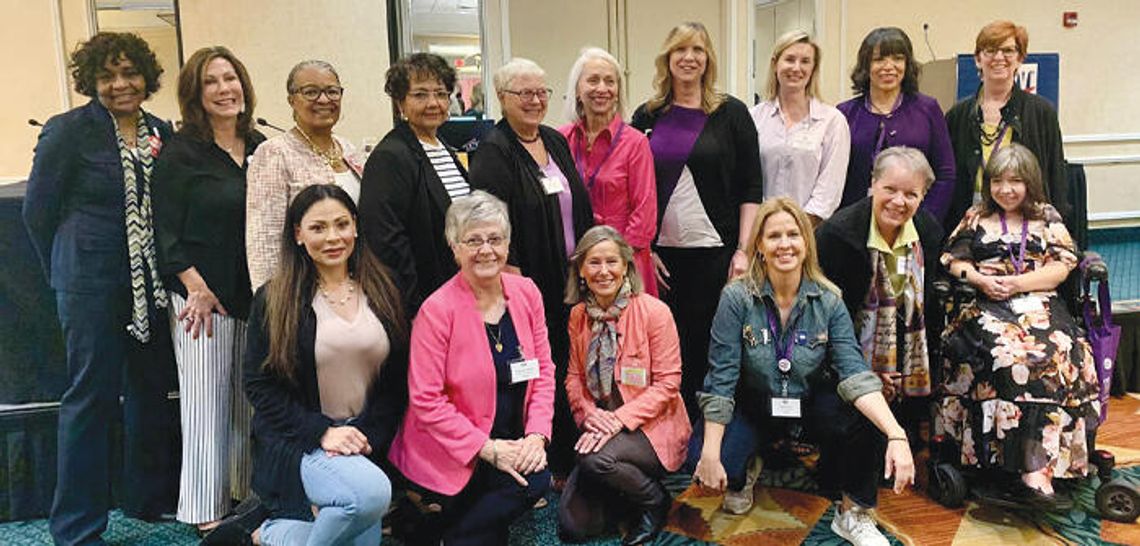Staff Report
TEXAS – The League of Women Voters of Texas (LWVTX) announced who will serve on the 2022-2024 board of directors.
“Our new board is full of intelligent, passionate and dedicated women,” said Joyce LeBombard, LWVTX President, in a news release. “I am both humbled and excited to be working with them. Our previous president, Grace Chimene, and the former board did a fantastic job leading us through challenging and divided times in our state. We are honored to pick up the mantle and continue the important work that LWVTX started back in 1919.”
The League’s mission of empowering voters and defending democracy is more critical than ever, LeBombard explained, after a challenging 87th Legislative Session and with the November elections approaching.
“The Texas League has a great opportunity to grow and reach underserved communities, whether that be in urban areas or in rural areas where voices have struggled to be heard,” LeBombard said. “We will continue, with a refreshed sense of energy, to bring our nonpartisan voice and information to voters and nonvoters alike, and to the Texas Legislature.”
The League creates and issues a nonpartisan voters guide and the digital VOTE411.org website with each election. Local area leagues can be seen at city events, high schools and colleges registering voters. During elections, the League provides education on election practices and voting rights.
The following women will serve on the new board of directors.
• Joyce LeBombard, President, LWV Austin Area
• Janis Richarson, Secretary, LWV South Central Texas
• Elaine Wiant, Treasurer, LWV Dallas
• Elisabeth MacNamara, Vice President, LWV Collin County
• Dorothy Marchand, Vice President, LWV Austin Area
• Charlotte McKenzie, Vice President, LWV Collin County
• Deb Treece, Vice President, LWV Texas
• Julie Espinoza, Director, LWV Collin County
• Pamiel Johnson Gaskin, Director, LWV Houston
• Diane Gil, Director, LWV Tarrant County
• MaryJane Mudd, Director, LWV Houston
• Stephanie Swanson, Director, LWV Austin Area
• Linda Vaughn, Director, LWV Amarillo














